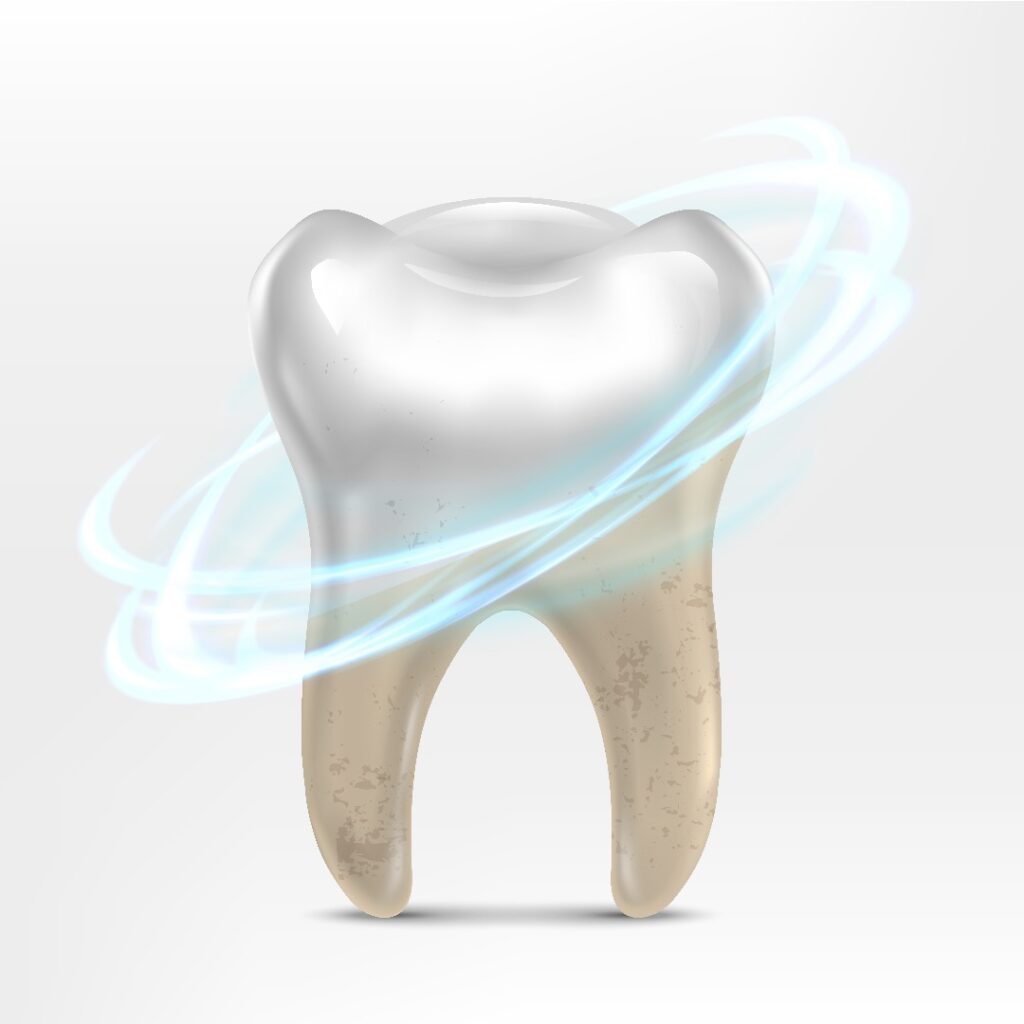Toothache is caused by inflammation of the dental pulp, which is a combination of nerves and blood vessels deep inside your tooth. There are actually three layers to a tooth. On the outside, we all know about the hard enamel, but underneath that there’s a softer dentine and underneath that, again, is this pulp which is full of nerves and blood vessels.
If you lose enamel, then that exposes the softer dentine which allows unfavorable temperature, germs, toxins, and more to go through the dentine and get into the pulp, leading to inflammation of the pulp. ITIS is the medical word for inflammation, so this process is referred to as PULPITIS.

Tooth decay is the most common cause of pulpitis or wearing down of enamel, and the gum wearing down can also expose that sensitive dentine. I think we all know the symptoms, obviously. The clue is in the name, toothache, but it can be really painful.
In addition, though, your teeth can be very, very sensitive and they can be tended to pressure. Now, this is not always due to infection, so please do not go and see a medical doctor. Medical Doctors are not dentists. Dentists are dentists.
A medical doctor might not be able to tell if you need antibiotics or not for a toothache because he/she is not trained in teeth, so please do go and see a dentist who will be able to advise what treatment is best.


